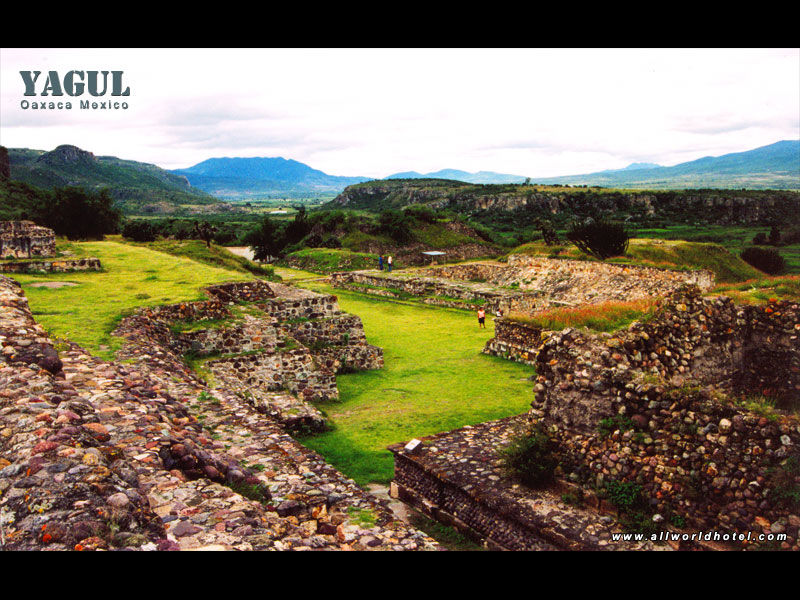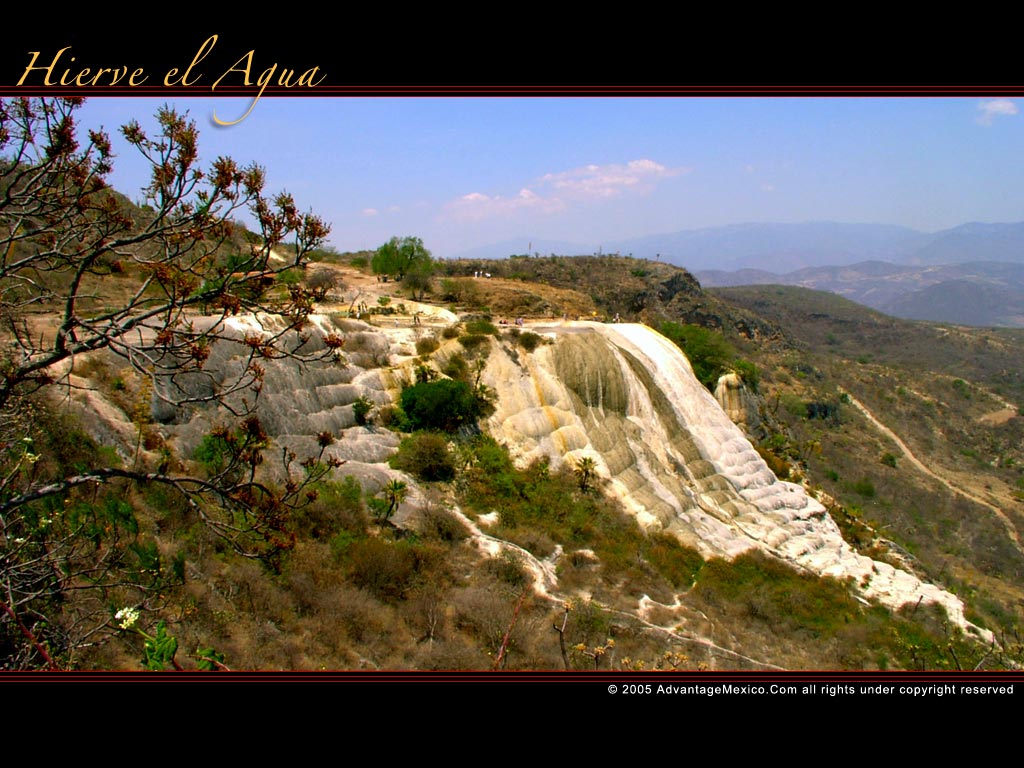
- Handicrafts
The popular Oaxacan art constitutes one of the main tourist attractions and is the artisan and artistic expression of almost three thousand years of evolution.
This represents the work of more than a half million artisans throughout the state. Recommended places to buy handicrafts are: Arrazola and San Martin Tilcajete (“alebrijes” hand carved figures), Atzompa and San Bartolo Coyotepec (green and black pottery), Ocotlán, Etla and Tlacolula (baskets), Santiago Jamiltepec and Tlacolula (iron sculptures) and of course we must not forget Santa Ana y Teotitlán del Valle, towns where wool rugs are woven with natural dyes, using such things as an insect called grana cochinilla.
The rug designs range from hieroglyphics, Zapotec people to pictorial reproductions of Tamayo, Toledo and Picasso.
- Cuisine
For the same reasons its people are so diverse, Oaxaca boasts a tremendous diversity of regional cuisine, nicknamed "Land of the Seven Mole." An abundance of fruits and vegetables are grown in the central valley, tropical fruits are found in the north and fish and shellfish dominate the cuisine of the south. Oaxaca is also known forOaxaca cheese(quesillo) which is now exported around the world and even made in many locations in the United States. There is also a breakfast specialty, generally only available in Oaxaca - ''huevos oaxaqueños'' - eggs poached in a chili pepper-tomato soup. Another specialty is ''chapulines'', or roasted grasshoppers, a popular dish in the state's central valleys region. Chapulines are eaten after the rains begin and through early autumn. Oaxaca is also known for producing mezcal, a spirit with similarities to tequila. Tequila andmezcal are alike in that they both derive from fermented agave, but differ in taste and mezcal's tradition of family artisan production.
Corn is the staple food but the preparation of corn dough varies wildly, from entomadas and empanadas to tamales and tortillas. Black beans are also a common ingredient, as is the pasilla oaxaquena chile which gives many dishes their distinct hot, smoky taste and red color.




















